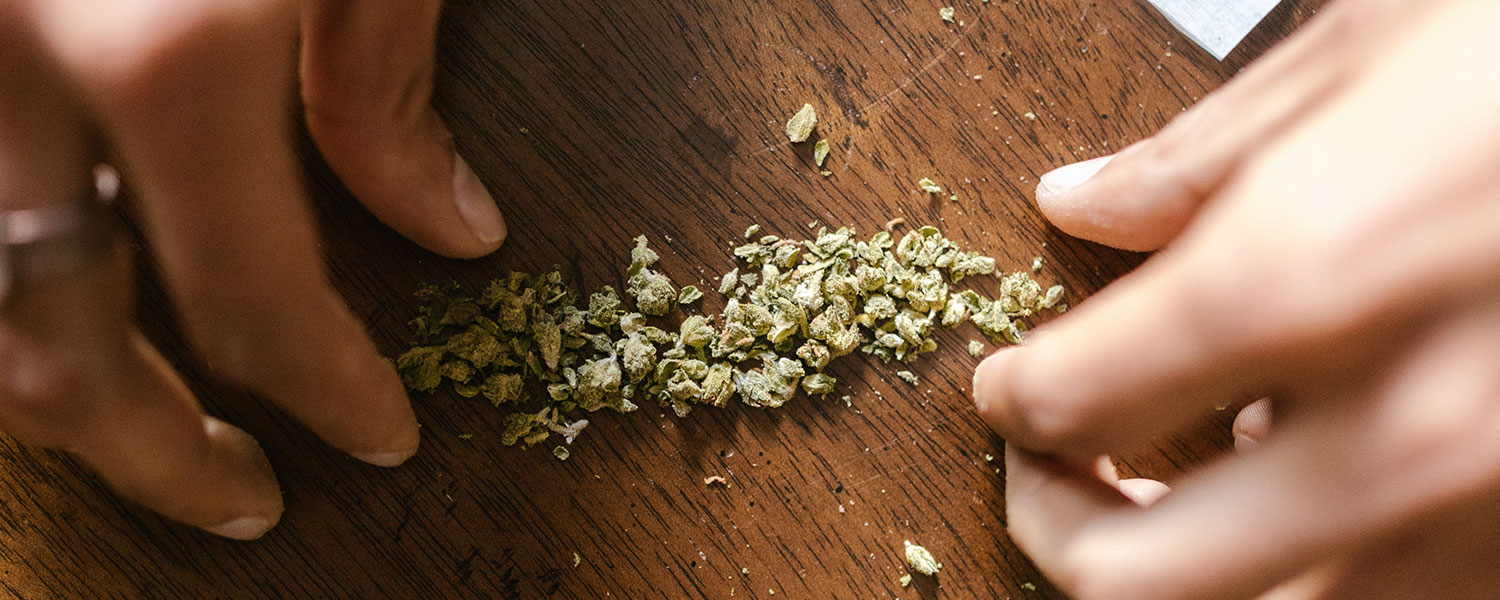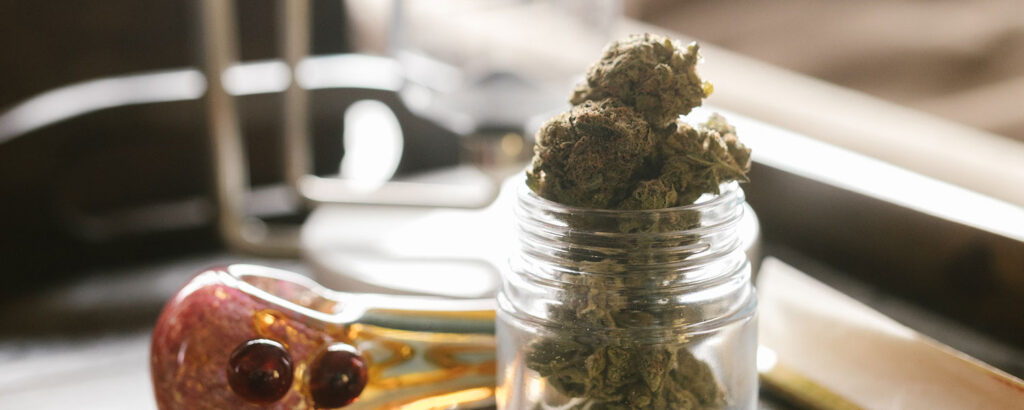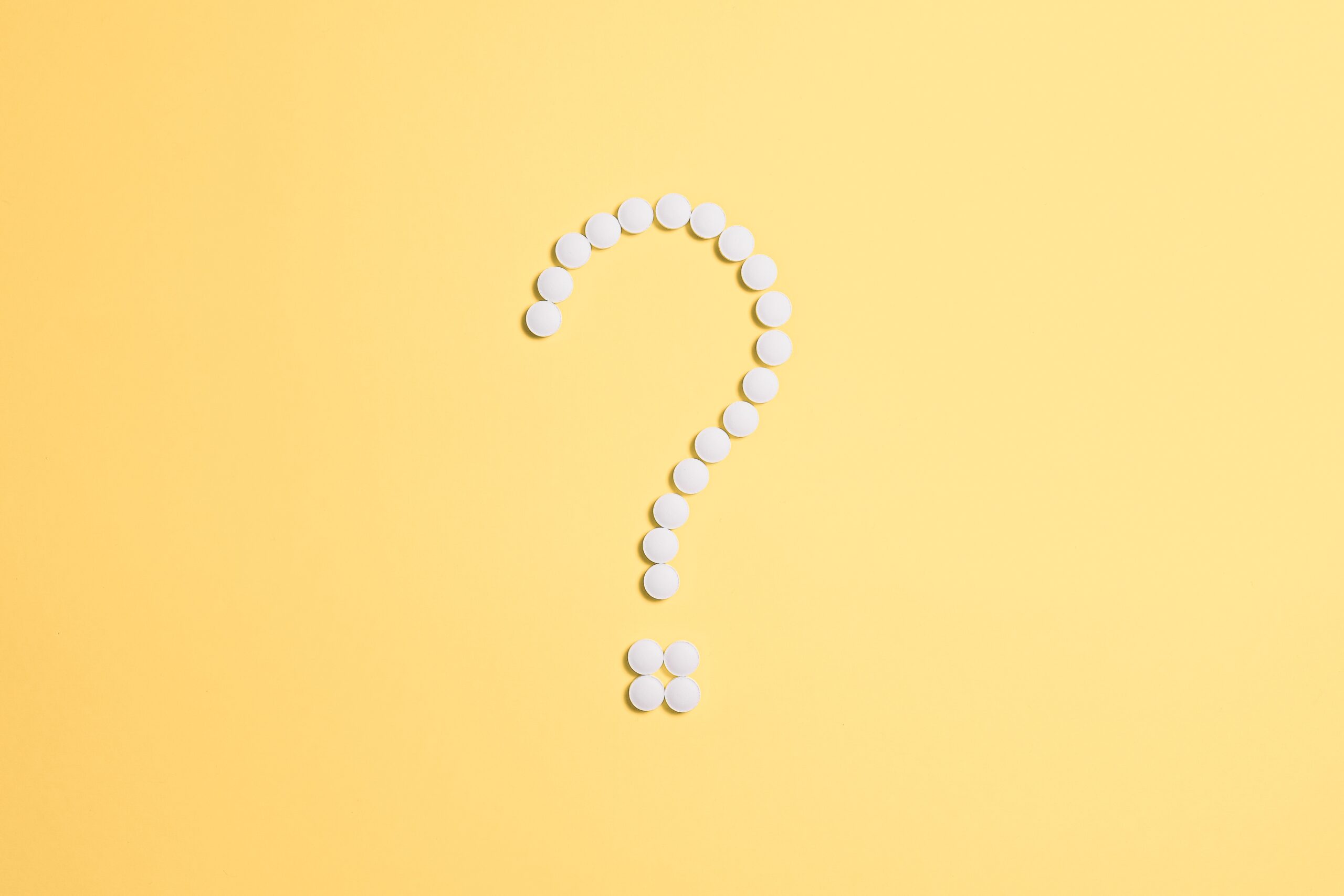Key Takeaways
- Joints are rolled with paper and contain only cannabis.
- Blunts use tobacco wraps and hold more cannabis.
- Spliffs mix cannabis and tobacco in rolling papers.
The debate of joint vs blunt vs spliff comes down to more than just size or style. These popular ways to enjoy cannabis offer different materials, burn times, and overall experiences. If you're exploring new ways to smoke or just curious about how each one stacks up, it helps to know what sets them apart.
What Are Joints?
Joints are rolled with paper and contain only cannabis, offering a pure experience. Sometimes referred to as pre-rolls, joints are tiny, portable, and discreet (until lit, anyway). Depending on their size, joints tend to burn out in a few minutes. Those looking for an increase in potency can also add extracted cannabis oil when rolling.
How To Roll A Joint
Rolling a joint has never been easier, thanks to various product innovations, including preroll joint cones, self-pouring grinders, and joint rolling machines. While all may serve you well, there is an art to the classic handmade joint. There's also a lot less equipment involved. For both reasons, it’s best to learn how to make your joints by hand.
Various rolling methods can work, but the following serves as the classic technique:
What You'll Need
- Weed (typically 0.5-1g of cannabis, depending on paper size)
- Rolling paper (most often found in one of four sizes: single wide, 1 1/4", 1 1/2", Double Wide)
- Cardboard for crutch (optional)
- Grinder (optional but recommended)
- Lighter
- Extract of choice (for infused joints)
Steps to Roll a Joint
- Grind your cannabis. Make sure the nugs are broken into tiny pieces but not too fine.
- Prep your paper. Lay out your rolling paper. If you want to put a mouthpiece, or crutch, in your joint, roll up a small piece of cardboard into a cone with an opening you can pull air through.
- Pot meet paper. Place the pot in the middle of the rolling paper. Create a seamless, even line of cannabis that isn't heavily patted down.
- Roll it up. Using your thumb and index fingers, roll the joint until you can wrap the sticky end of the paper to its other side. Before overlapping the two sides of your joint, lick the sticky end like a stamp and then press to the other side. Be sure not to roll the joint too tightly, or it may be harder to pull when lit.
- Smoke when ready. A typical gram preroll will last 10 to 20 minutes if the flame evenly burns all sides of the joint.
What's A Blunt?
Blunts share similarities with joints but stand out in a few unmistakable ways. Blunts most often use tobacco wraps, adding nicotine and a longer burn time. With the inclusion of tobacco, a heady "buzz" should be expected. However, hemp blunt wraps are available in certain locations nowadays
How to Roll a Blunt
When comparing blunt vs. joint rolling style, consider the following changes in the process:
What You'll Need
- Weed
- Blunt wrap or cigarillo of choice
- Exacto knife (Optional)
- Grinder (optional but recommended)
Steps to Roll a Blunt
- Grind your cannabis. Same as a joint; break your nugs into tiny but not fine pieces. Two grams are typically needed to fill most blunt wraps, like a Swisher.
- Make the wrap. Take your blade (or use your fingers) to create a straight line from end to end on the cigar/cigarillo. Once split, dispose of the cigar contents.
- Moisten the wrap. Add a spritz of water to the blunt wrap so it's able to be rolled but not so much that it becomes soggy and loses its strength.
- Pot meet wrap. Again, like a joint, fill the middle of the blunt wrap, creating a seamless, even line of cannabis across the length of the wrap.
- Roll the blunt. Blunt rolling can be more difficult than rolling a joint for many consumers. The size and material can be challenging to work with, and wraps lacking moisture will likely be too dry to roll without cracking the blunt. Once rolled, lick the remaining unwrapped edge, and connect the sides. Avoid wrapping too tightly and limiting your blunt's airflow.
- Smoke when ready. Evenly light the end of the blunt and enjoy. Blunts usually burn in about 30 minutes when smoked.
Blunt Wrap Options
Not a fan of tobacco or want to try something other than the classic cigar wrap? Consider the following options for your next blunt wrap:
- Hemp leafs
- Flavored blunt wraps
- Rose petals
- Various palm leaves
- Banana leaves
- Gold
What Are Spliffs?
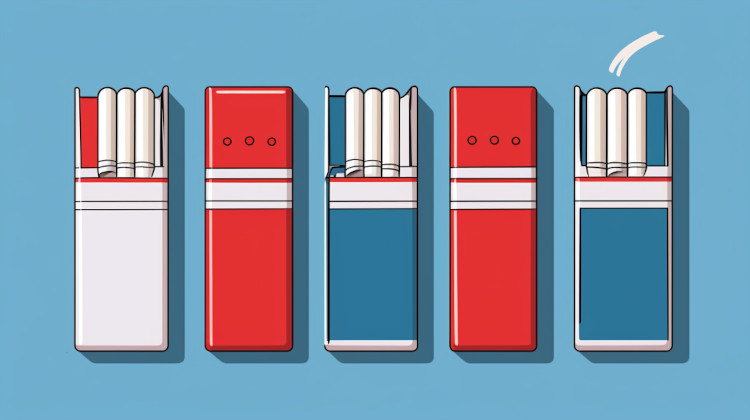
Spliffs combine cannabis and tobacco in a rolling paper, creating a reportedly more energetic buzz.
Spliffs are most popular in Europe, where consumers often mix tobacco with hashish. Spliffs are a more common smoking choice in Europe than in America due to the proximity to hash hubs like Northern Africa and the Middle East. Whereas in the US, cannabis access is more significant than in Europe.
How to Roll a Spliff
In the question of spliffs vs. joints, their rolling styles mirror one another quite a bit, with a few critical differences:
What You'll Need
- Weed (typically 0.5-1g of cannabis, based on paper size)
- Loose tobacco
- Rolling paper
- Cardboard for crutch (optional)
- Grinder (optional but recommended)
- Lighter
Steps to Roll a Spliff
- Prep your mix. Grind your nugs as you would a joint or blunt. Then add tobacco and mix the two materials. A standard spliff contains 50% of each item, but you can set your preferred ratio.
- Prep your paper. Lay out your paper and optional crutch.
- Pot meet paper. Seamlessly place the pot-tobacco mix along the center of the rolling paper without patting it down too much.
- Roll on. Follow the same steps as a joint to roll your spliff, avoiding wrapping too tightly.
- Smoke when ready. A gram spliff will typically burn for approximately 10 to 20 minutes.
Joints vs Blunts vs Spliffs: Which is Best for Medical Marijuana Consumption?
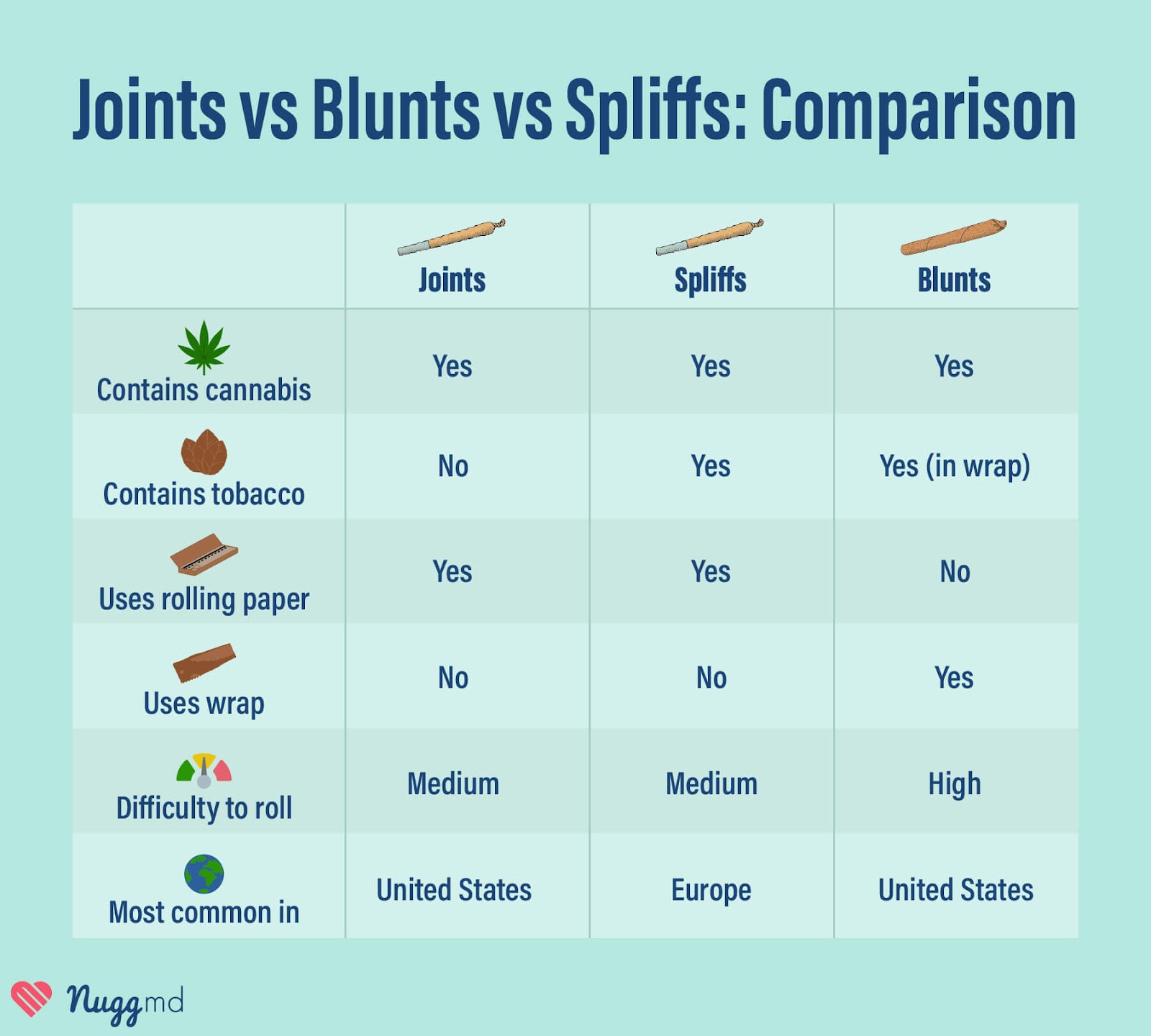
One of the more significant similarities between joints, blunts, and spliffs is the use of smoke. While scores of patients rely on smoking cannabis for relief, most medical experts do urge caution. We await more conclusive clinical evidence to support or dispel the use of smoking cannabis in medical patients or the general public.
But there is little question among experts that smoking tobacco – especially unfiltered tobacco as found in spliffs – can lead to adverse health effects, including:
- Coronary heart disease
- Cancer
- Chronic obstructive pulmonary disease (COPD)
If you are smoking cannabis medicinally, consider a joint or tobacco-free blunt option. The clinical data is lacking, but it is widely believed that using cannabis free of tobacco should be less of a health risk than smoking a cannabis-tobacco mix.
Joints, blunts, and spliffs each bring something different to the table. Joints use lightweight paper and offer a quicker burn. Blunts offer a slower, fuller smoke, rolled from thicker wraps like tobacco or hemp. Spliffs blend cannabis with tobacco, creating a different type of buzz some users enjoy. The best option depends on your personal preference, tolerance, and the type of experience you’re looking for.
Those looking for a medical cannabis card can contact NuggMD to meet with a qualified medical marijuana doctor. Our team has helped over 2,000,000 people obtain their medical cannabis cards and the answers only trained medical professionals should provide you.
The information in this article and any included images or charts are for educational purposes only. This information is neither a substitute for, nor does it replace, professional legal advice or medical advice, diagnosis, or treatment. If you have any concerns or questions about laws, regulations, or your health, you should always consult with an attorney, physician or other licensed professional.

